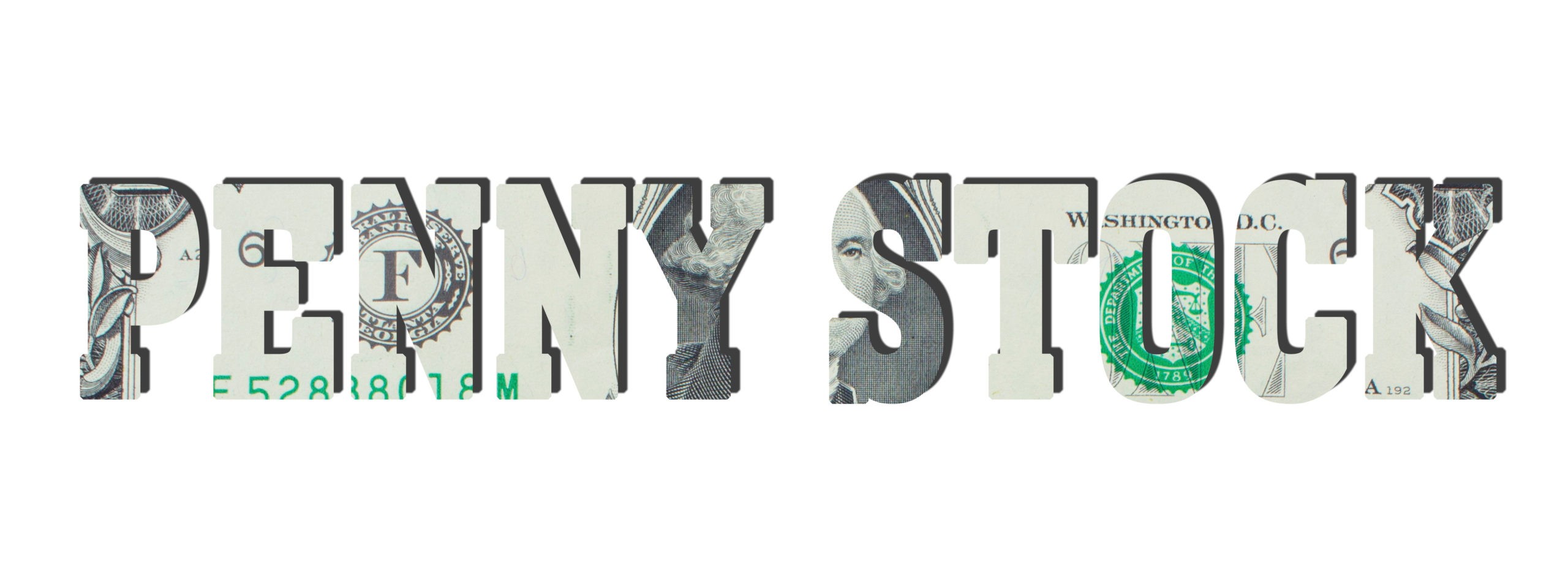What is a Penny Stock? Securities Lawyer 101
The term “penny stock” most often refers to a security issued by a very small company that trades for less than $5 per share, but not always. Private companies can be penny stocks. The SEC issued guidance as to the application of the penny stock rules to private companies. (See Fast Answers Penny Stock Rules https://www.sec.gov/fast-answers/answerspennyhtm.html):
Penny stocks are often quoted over-the-counter on the OTC Markets OTC Link LLC. However, Penny Stocks may also trade on securities exchanges, including foreign ones. In addition, the definition can include the securities of certain private companies with no active trading market.
The definition of penny stock is located at §240.3a51-1 of the Securities Exchange Act of 1934. That section provides that the term “penny stock” shall mean any equity security other than a security:
(a) That is an NMS stock, as defined in §242.600(b)(48)
(b) That is issued by an investment company registered under the Investment Company Act of 1940
(c) That is a put or call option issued by the Options Clearing Corporation
(d) Except for purposes of section 7(b) of the Securities Act and Rule 419 (17 CFR 230.419), that has a price of five dollars or more
(1) For purposes of paragraph (d) above:
(i) A security has a price of five dollars or more for a particular transaction if the security is purchased or sold in that transaction at a price of five dollars or more, excluding any broker or dealer commission, commission equivalent, mark-up, or mark-down; and
(ii) Other than in connection with a particular transaction, a security has a price of five dollars or more at a given time if the inside bid quotation is five dollars or more; provided, however, that if there is no such inside bid quotation, a security has a price of five dollars or more at a given time if the average of three or more interdealer bid quotations at specified prices displayed at that time in an interdealer quotation system, as defined in 17 CFR 240.15c2-7(c)(1), by three or more market makers in the security, is five dollars or more.
(iii) The term “inside bid quotation” shall mean the highest bid quotation for the security displayed by a market maker in the security on an automated interdealer quotation system that has the characteristics set forth in section 17B(b)(2) of the Act, or such other automated interdealer quotation system designated by the Commission for purposes of this section, at any time in which at least two market makers are contemporaneously displaying on such system bid and offer quotations for the security at specified prices.
(2) If a security is a unit composed of one or more securities, the unit price divided by the number of shares of the unit that are not warrants, options, rights, or similar securities must be five dollars or more, as determined in accordance with paragraph (d)(1) of this section, and any share of the unit that is a warrant, option, right, or similar security, or a convertible security, must have an exercise price or conversion price of five dollars or more;
(e)
(1) That is registered, or approved for registration upon notice of issuance, on a national securities exchange that makes transaction reports available pursuant to §242.601, provided that:
(i) Price and volume information with respect to transactions in that security is required to be reported on a current and continuing basis and is made available to vendors of market information pursuant to the rules of the national securities exchange;
(ii) The security is purchased or sold in a transaction that is effected on or through the facilities of the national securities exchange, or that is part of the distribution of the security; and
(iii) The security satisfies the requirements of paragraph (a)(1) or (a)(2) of this section;
(2) A security that satisfies the requirements of this paragraph (e), but does not otherwise satisfy the requirements of paragraphs (a), (b), (c), (d), (f), or (g) of this section, shall be a penny stock for purposes of section 15(b)(6) of the Act (15 U.S.C. 78o(b)(6));
(f) That is a security futures product listed on a national securities exchange or an automated quotation system sponsored by a registered national securities association; or
(g) Whose issuer has:
(1) Net tangible assets (i.e., total assets less intangible assets and liabilities) in excess of $2,000,000, if the issuer has been in continuous operation for at least three years, or $5,000,000, if the issuer has been in continuous operation for less than three years; or
(2) Average revenue of at least $6,000,000 for the last three years.
(3) For purposes of paragraph (g) of this section, net tangible assets or average revenues must be demonstrated by financial statements dated less than fifteen months prior to the date of the transaction that the broker or dealer has reviewed and has a reasonable basis for believing are accurate in relation to the date of the transaction, and:
(i) If the issuer is other than a foreign private issuer, are the most recent financial statements for the issuer that have been audited and reported on by an independent public accountant in accordance with the provisions of 17 CFR 210.2-02; or
(ii) If the issuer is a foreign private issuer, are the most recent financial statements for the issuer that have been filed with the Commission or furnished to the Commission pursuant to 17 CFR 240.12g3-2(b); provided, however, that if financial statements for the issuer dated less than fifteen months prior to the date of the transaction have not been filed with or furnished to the Commission, financial statements dated within fifteen months prior to the transaction shall be prepared in accordance with generally accepted accounting principles in the country of incorporation, audited in compliance with the requirements of that jurisdiction, and reported on by an accountant duly registered and in good standing in accordance with the regulations of that jurisdiction.







